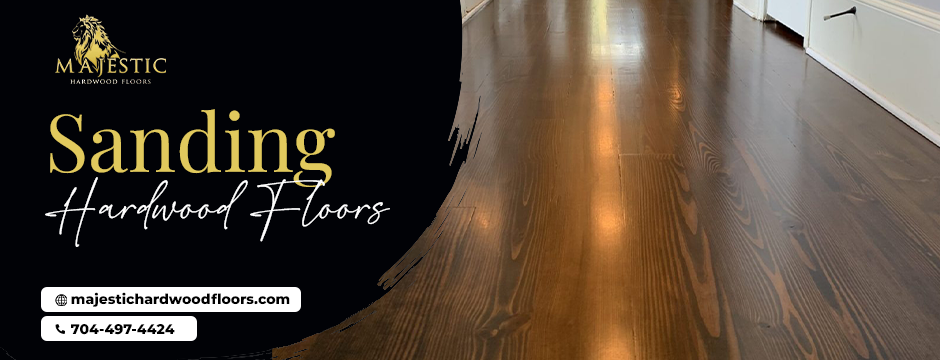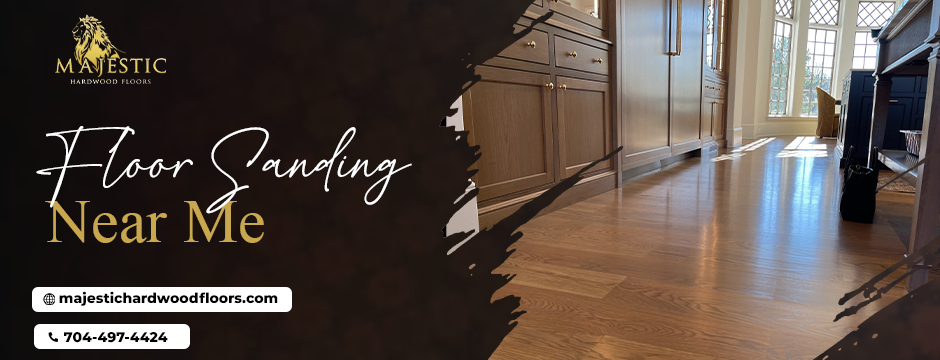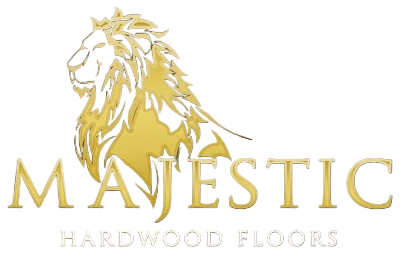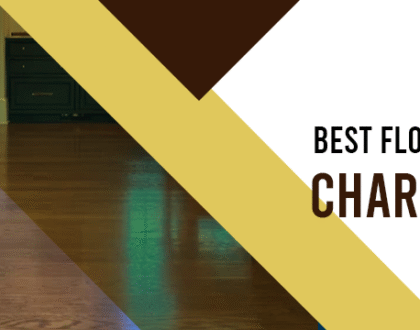Dustless Floor Sanding: The Clean, Health-Friendly Way to Revive Your Floors


When most homeowners hear the words floor sanding, the first thing that comes to mind is dust. Clouds of it. Everywhere. On furniture, in the air, settling into corners for weeks. For many years, that was the unavoidable reality of restoring old hardwood floors. But technology has changed the game.
If you’ve recently searched “floor sanding near me”, you’ve probably noticed the rise of something called dustless floor sanding. It’s not just a buzzword—it’s a complete shift in how professional contractors approach refinishing. And for families, allergy sufferers, and people living in high-density homes or apartments, it’s a breakthrough that brings comfort and health back into the renovation process.
Let’s explore how dustless sanding works, why it matters, and what you should look for when choosing a contractor near you.
The Messy Truth About Traditional Floor Sanding
Before dustless systems came along, sanding hardwood floors meant a serious cleanup effort. The process used large belt sanders and edgers that, while effective, released fine wood particles into the air. Even with plastic sheeting and vacuums, a thin layer of dust coated everything in its path.
The results were beautiful—smooth, rejuvenated timber that looked like new—but the mess could be overwhelming. Homeowners had to move furniture out, cover vents, and sometimes even leave the house while the work was underway.
That layer of dust wasn’t just annoying—it could also trigger allergies, irritate lungs, and settle deep into duct systems. It made what should have been an exciting renovation feel like an exhausting cleanup project.
Enter the Dustless Revolution
The term “dustless” doesn’t mean completely dust-free, but the difference is significant. Modern dust-extraction systems, often used by leading specialists have reduced airborne dust by up to 99%.
Here’s how it works:
Instead of letting the sander discharge dust into the air, advanced machines are fitted with a powerful suction hose connected to an external vacuum unit. This vacuum system captures dust the instant it’s created and sends it through a sealed hose into a containment unit outside the home or work area.
What’s left behind?
A clean, breathable space and a floor that’s ready for staining or finishing without needing hours of sweeping and wiping.
The technology has become so efficient that many clients can stay home during the process. Contractors can sand, buff, and seal floors with minimal disruption to everyday life.
Why Families and Allergy Sufferers Love Dustless Sanding
For households with children, pets, or elderly family members, air quality is more than a comfort issue—it’s a health priority.
Fine dust from sanding hardwood floors can linger in the air long after the machines are switched off. It can irritate asthma, trigger allergies, and worsen sinus or respiratory problems. Dustless systems almost eliminate this risk.
Parents don’t have to worry about their kids playing on the floor after refinishing, and homeowners with allergies can breathe easily knowing the air remains clean. In high-density housing, such as apartments or shared buildings, dustless sanding also prevents particles from drifting into shared ventilation systems.
If you’ve ever hesitated to refinish your floors because of the mess or health concerns, this new technology offers peace of mind and practical comfort.
The Environmental Advantage
There’s another benefit that often gets overlooked: sustainability.
Dustless sanding reduces waste and contamination. Since dust is immediately collected in sealed bags, disposal becomes safer and more controlled. Contractors can dispose of the material responsibly, preventing wood particles from spreading into the environment.
In addition, clean sanding improves stain and finish adhesion. The smoother, dust-free surface ensures that finishes bond evenly, which means floors last longer and require fewer touch-ups. The process saves materials and energy over time, aligning with environmentally conscious renovation trends.
What to Expect When You Hire a Dustless Floor Sanding Professional
When you begin your search for floor sanding near me, you’ll likely find a mix of traditional and dustless services. To make the right choice, here’s what you should ask and expect:
- Ask About Their Equipment
Not all contractors use true dustless systems. Some claim to, but their machines may only have partial collection capabilities. Ask whether they use vacuum-assisted sanders connected to HEPA filters or external dust containment units.
- Request a Demonstration or Photos
Reputable companies like Majestic Hardwood Floors are proud to show how their equipment works. Look for real images or videos of their process.
- Check for Certification and Experience
Floor sanding is as much art as it is science. An experienced contractor knows how to handle delicate hardwoods, match finishes, and minimize sanding marks.
- Discuss Finishing Options
The sanding process is only the beginning. Ask about water-based vs oil-based finishes, drying times, and low-VOC options if indoor air quality is important to you.
- Read Local Reviews
Local customers can tell you a lot about how contractors manage cleanliness, punctuality, and professionalism.
By asking the right questions, you’ll quickly identify which professionals truly offer clean, health-friendly dustless sanding and which ones are simply following the trend.
What Makes Majestic Hardwood Floors Different
At Majestic Hardwood Floors, we’ve made dustless sanding our standard—not an upgrade. Every project we take on, whether it’s a compact city apartment or a spacious family home, benefits from advanced dust extraction and expert craftsmanship.
Our team uses high-performance sanding systems inspired by the best in the industry, including the technology standards set by specialists. Each machine is designed to remove micro-particles directly from the sanding point and transport them to a sealed containment unit outside your home.
The result? Clean air, no lingering dust, and a beautifully even surface ready for finishing.
We take pride in creating a process that’s smooth from start to finish. Homeowners don’t need to move out, cover every surface, or worry about residue on their furniture. Everything is managed efficiently, and your space remains livable throughout.
How Dustless Sanding Enhances the Final Look
There’s a reason professional refinishers love working with dustless systems—it directly impacts quality.
Traditional sanding often leaves behind airborne dust that can settle into wet finishes, creating small imperfections or dull spots. With dustless sanding, the surface remains clean, allowing finishes to cure evenly. The difference in clarity and shine is immediately noticeable.
This level of precision matters most when restoring premium woods like oak, maple, or walnut. Even subtle differences in grain definition or light reflection can change how a room feels. Clean sanding helps preserve those natural tones and gives your floors that smooth, polished look associated with high-end interiors.
Perfect for Modern Lifestyles
Modern homes are busy places. Families juggle work, school, and remote living. Few people have the time—or patience—for long, messy renovations.
Dustless sanding aligns perfectly with this lifestyle. Because the process is cleaner, setup and cleanup times are shorter. Contractors can complete jobs more efficiently, and homeowners can walk on their floors sooner.
It’s especially ideal for apartments and high-rise homes where air circulation is limited and neighbours share close quarters. With reduced noise and no airborne debris, it’s a polite, convenient way to upgrade your space without disruption.
When to Schedule a Floor Sanding Service
Most hardwood floors need sanding every 7–10 years, depending on wear. If you notice dull patches, surface scratches, or uneven colouring, it might be time to refinish.
Before searching for floor sanding near me, inspect your floors closely:
- Are there visible scratches or dents?
- Has the finish turned dull or uneven?
- Are high-traffic areas lighter or darker than the rest?
If the answer is yes to any of these, sanding can restore that uniform, glossy appearance and protect the wood from further wear. Choosing a dustless system ensures you get the same restoration benefits without the mess.
The Future of Floor Sanding is Here
The flooring industry has evolved far beyond basic sanding. Between advanced machinery, eco-friendly finishes, and low-disruption methods, homeowners today can expect a far smoother experience.
Dustless sanding represents more than convenience—it’s part of a broader shift toward cleaner, safer, more sustainable home improvement. It reflects the growing awareness that our living environments should support health, not compromise it.
At Majestic Hardwood Floors, we believe your home deserves that balance between beauty and well-being. Every project we handle is a commitment to both craftsmanship and comfort.
Bringing It All Together
When you search for floor sanding near me, you’re not just looking for someone with a sander—you’re looking for a professional who respects your home, your health, and your time.
Dustless floor sanding is the modern solution that makes all of this possible. It transforms the once messy process into a smooth, efficient, and clean experience. Whether you’re rejuvenating a century-old hardwood or brightening up a modern apartment, this approach delivers flawless results with minimal disruption.
If you’re ready to breathe new life into your floors—without the dust—contact Majestic Hardwood Floors. Our experts specialize in sanding hardwood floors using state-of-the-art dustless technology. You’ll enjoy stunning results, healthier air, and the kind of craftsmanship that turns every step you take at home into a quiet reminder of quality.
Ready to experience the cleaner way to restore your hardwood floors?
Reach out to Majestic Hardwood Floors today and discover how dustless sanding can make your home look and feel brand new.
Recent Posts
Why ‘Dust-Free’ Sanding Matters in 2025 for Local Homes
November 13, 2025

When to Sand vs When to Replace: A Decision Guide for Homeowners
October 17, 2025

